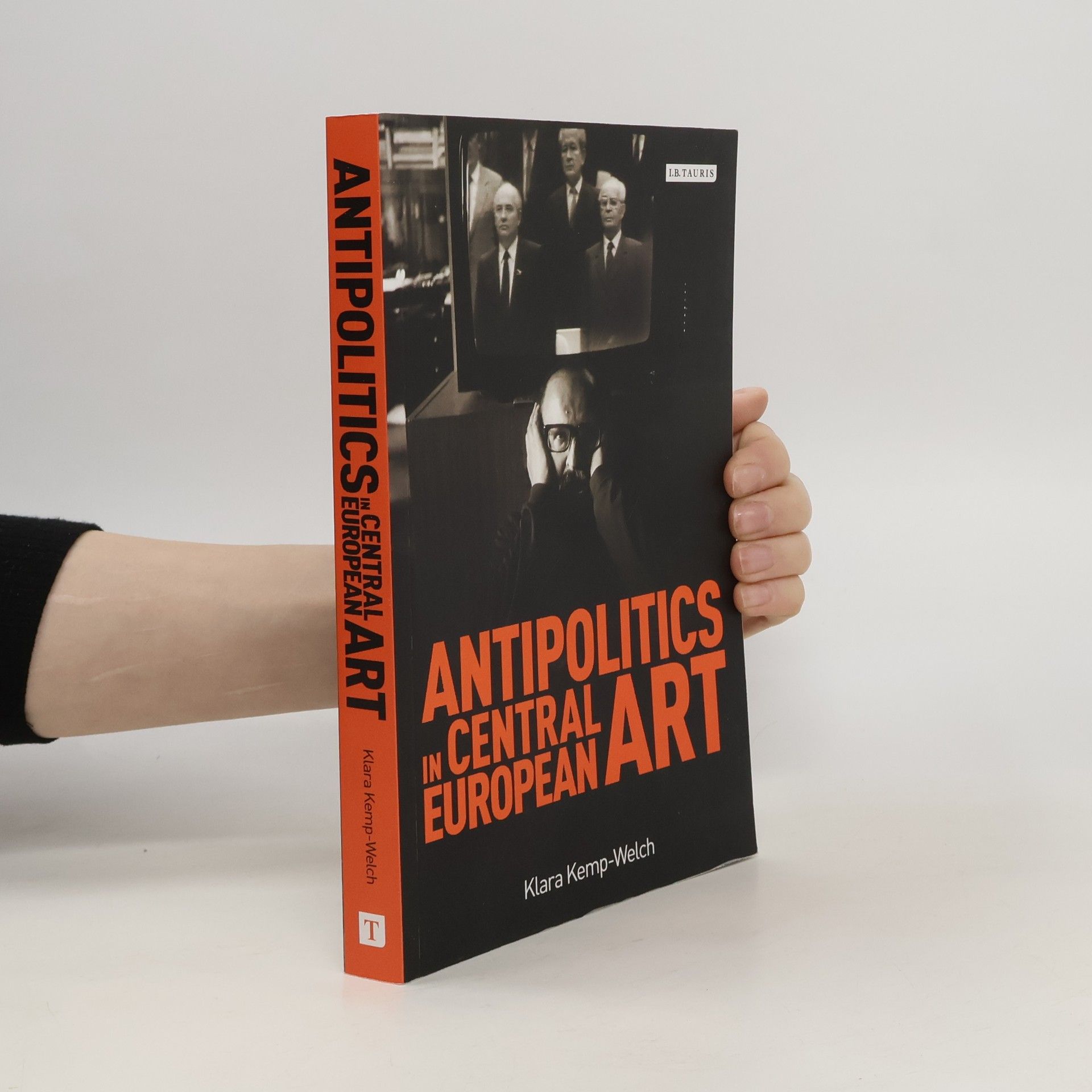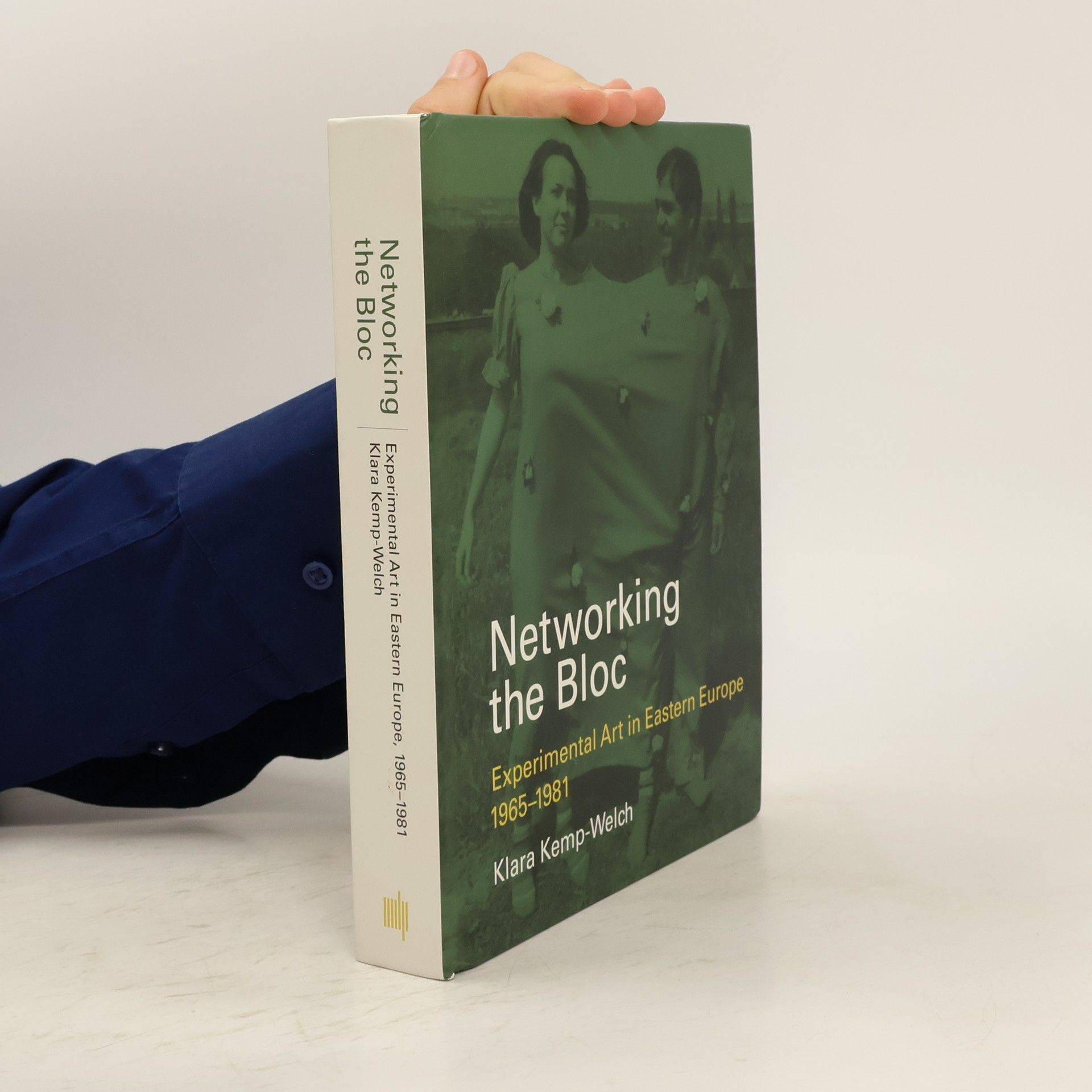Networking the Bloc
- 480 Seiten
- 17 Lesestunden
Throughout the 1970s, a network of artists emerged to bridge the East-West divide and the divides within the Eastern bloc. Originating from initiatives by artists, art historians, and critics in cities like Budapest, Poznań, and Prague, this experimental dialogue included Western participation but is largely forgotten today. Klara Kemp-Welch vividly recaptures this lost chapter of art history, documenting a web of artistic connectivity formed through personal encounters, pioneering dialogues, collaborative projects, and cultural exchanges. Countering the conventional Cold War narrative of isolation, Kemp-Welch illustrates how artistic ideas were shared among like-minded artists across ideological and national boundaries. Much of the created work was collaborative, with personal encounters at its core. Utilizing archival documents and interviews, she emphasizes the exchanges and projects rather than individual personalities. The exploration begins with the network's mobilization from 1964 to 1972, highlighting five pioneering cases, including a friendship between a Slovak artist and a French critic. She then charts way stations for experimental art from 1972 to 1976, examining points of distribution among studios, homes, and galleries. Finally, she investigates shared exhibitions and events in the late 1970s across cities from Prague to Milan to Moscow, inviting a rethinking of late Cold War art from Eastern European perspectiv

